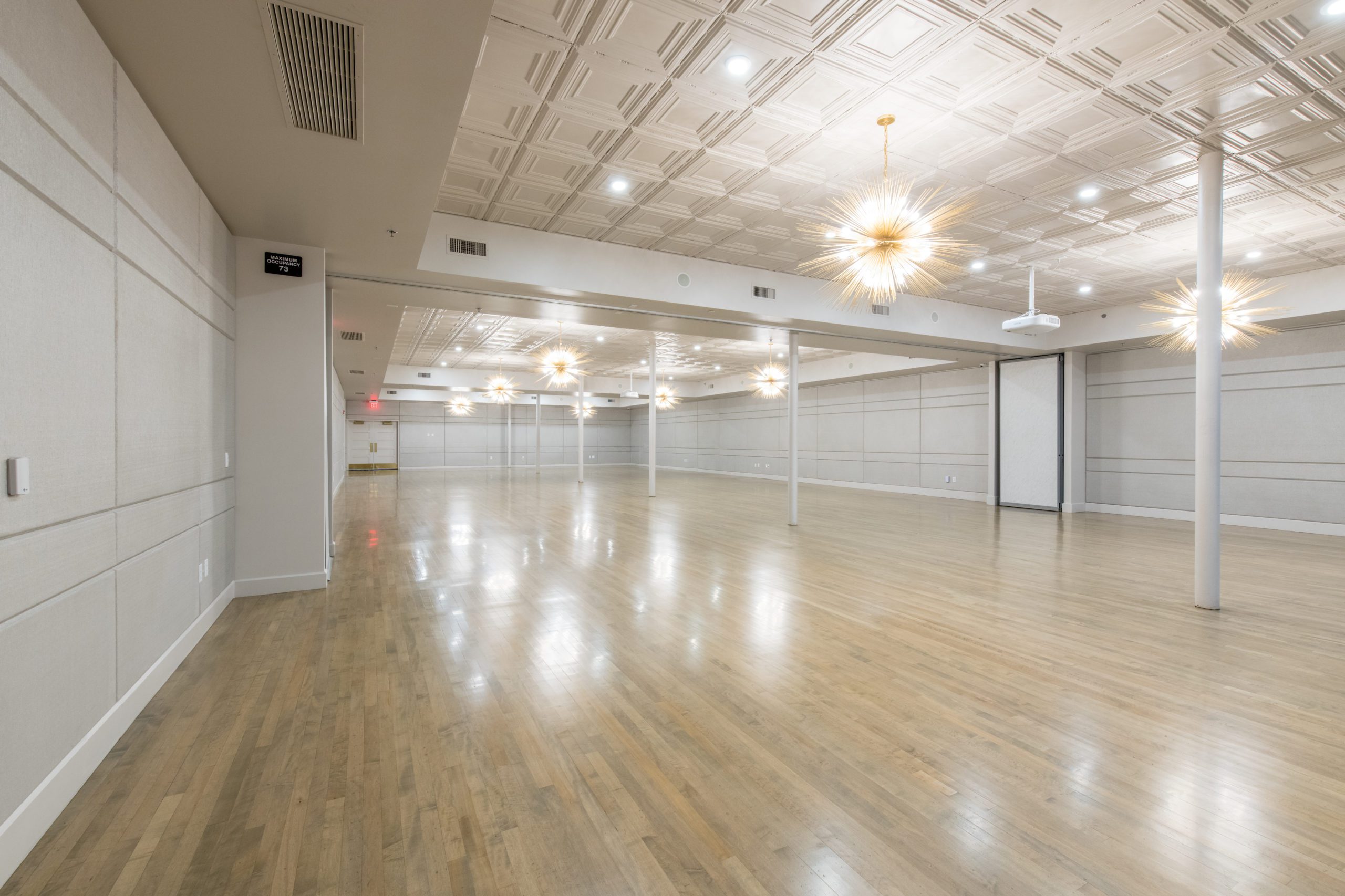I know this is everybody’s favorite subject (eye roll, groan). It’s been a thorn in architects’ and contractors’ sides for nearly a decade, ever since the Feds introduced laws severely restricting VOC’s (volatile organic compounds) because of their health hazards to building occupants and material installers. For floors, that means that the adhesives used are no longer solvent based, but water based, and much more susceptible to damage from water vapor and associated high Ph than the old solvent based materials.
Vapor vs. Liquid:
There is a tendency to think that this is only a problem in areas with a high water table, but the problem is water vapor, not liquid water. All soil, even where the water table is low, even in our high desert environment, contains plenty enough moisture near the surface to create vapor problems. That moisture will easily pass through the microscopic cracks in concrete slabs in the form of vapor and is driven upwards by pressure differentials.
Susceptible Flooring Materials:
In the good old days, we worried about vapor coming up through slabs on grade affecting limited types of flooring materials – primarily wood floors and epoxy or urethane coated slabs. Now the potential problems extend beyond those to all types of adhered flooring materials. Because they are the least vapor-permeable and tend to trap the most moisture below them, resilient flooring – sheet vinyl, rubber flooring, linoleum and vct – tend to be the most dramatically affected, with blisters forming in the material, discoloration, and adhesion failures. But carpet, especially with vinyl backing, can have problems as well. If the glue fails, the carpet can start to squirm around on the slab causing wrinkles in the carpet, especially in high traffic areas. Even if problems are not apparent from above, the glue can turn back to goo, which provides food for mold, creating indoor air quality and “sick building syndrome” issues. (Lawyers love this stuff.) So how about eliminating adhered flooring by using exposed stained or dyed concrete slabs? Unfortunately, the water based sealers used for exposed slabs are also susceptible to water vapor – they can turn a milky color if exposed to vapor.
Testing:
Water vapor and Ph measurements need to be taken before flooring materials are applied to slabs. Maximum acceptable levels of moisture and Ph are determined by the adhesive and flooring materials manufacturers, and vary widely. Traditionally, maximum moisture allowable has been 3lbs/per 1,000 s.f./24 hrs based on the Calcium Chloride test or 75% based on the Relative Humidity test (the later test has limited acceptance in the industry but is gaining popularity). Maximum Ph is generally around 9. Acceptable levels of moisture have been rising as better water-based glues are developed, with acceptable levels of 5 lbs or greater becoming common. However, when a variety of flooring materials and manufacturers are used on a project, the lowest allowable moisture value for all materials must generally be used as the standard for the entire floor. Also, some flooring manufacturers will not warrant their product if their own adhesives are not used, even if another manufacturer’s adhesive has higher moisture/Ph tolerance than their own.

